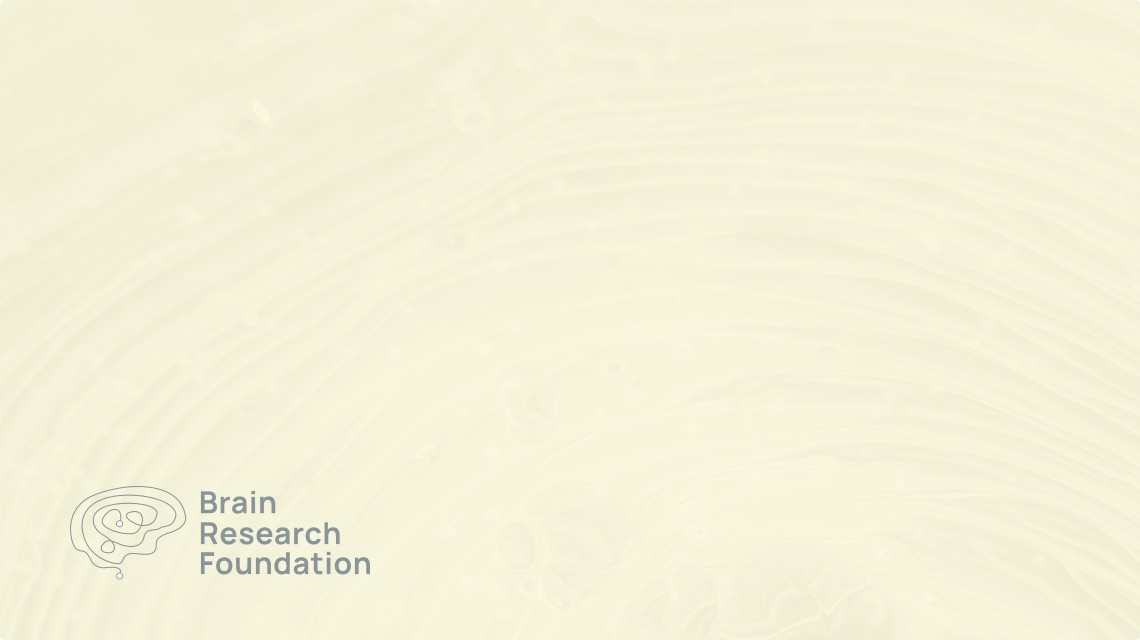2016 Seed Grant
Kira E. Poskanzer, Ph.D.
University of California, San Francisco
The monoamine neuromodulators—dopamine, norepinephrine, serotonin—are critical for human behavior and are at the root of many psychiatric and neurological diseases. Most studies that address the function of these neuromodulators in the cerebral cortex, the largest brain region, focus on how neurons respond to these neurotransmitters. However, other cell types are positioned to play key roles in receiving and integrating information encoded by these signals. This project will focus on an abundant cell type in the brain called the astrocyte, each of which can contact more than 100,000 neuronal synapses. Receptors for the monoaminergic neuromodulators are expressed in astrocytes, but the tools to uncover their roles in neural circuit function have not existed until now. In this project, we will use advanced optical techniques to record the activity of astrocytes while precisely activating novel light-activated neuromodulators. Receptors important for neuromodulator signaling in astrocytes will be silenced with cutting-edge genetic techniques while we image the activity of large populations of cells, both astrocytes and neurons, to discover new roles for these neurotransmitters in the neural circuit. In illuminating how a new type of cell responds to these important neuromodulators, the experiments proposed here will open up unexplored targets for the treatment of psychiatric diseases such as depression, schizophrenia, and bipolar disorder.


